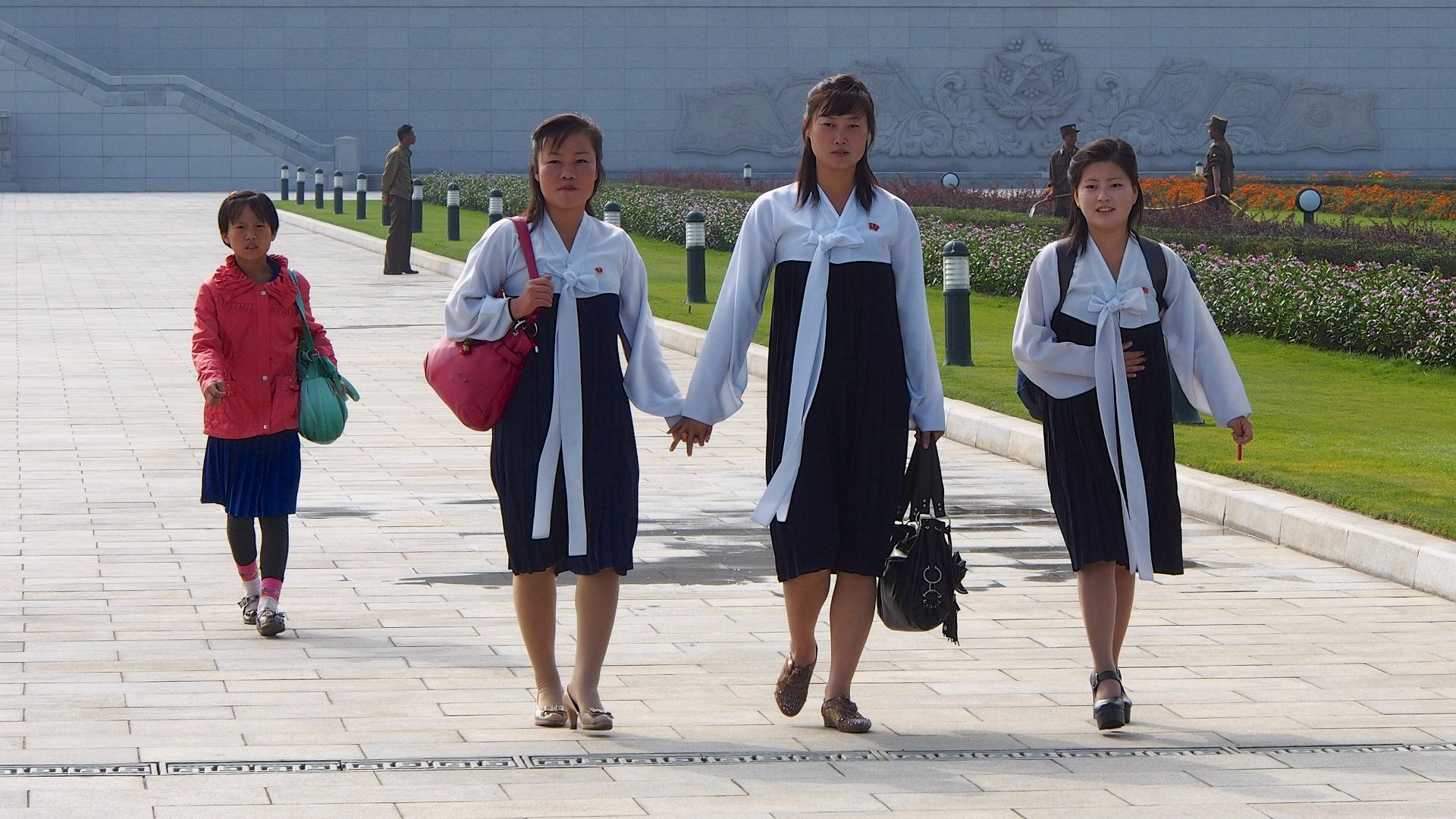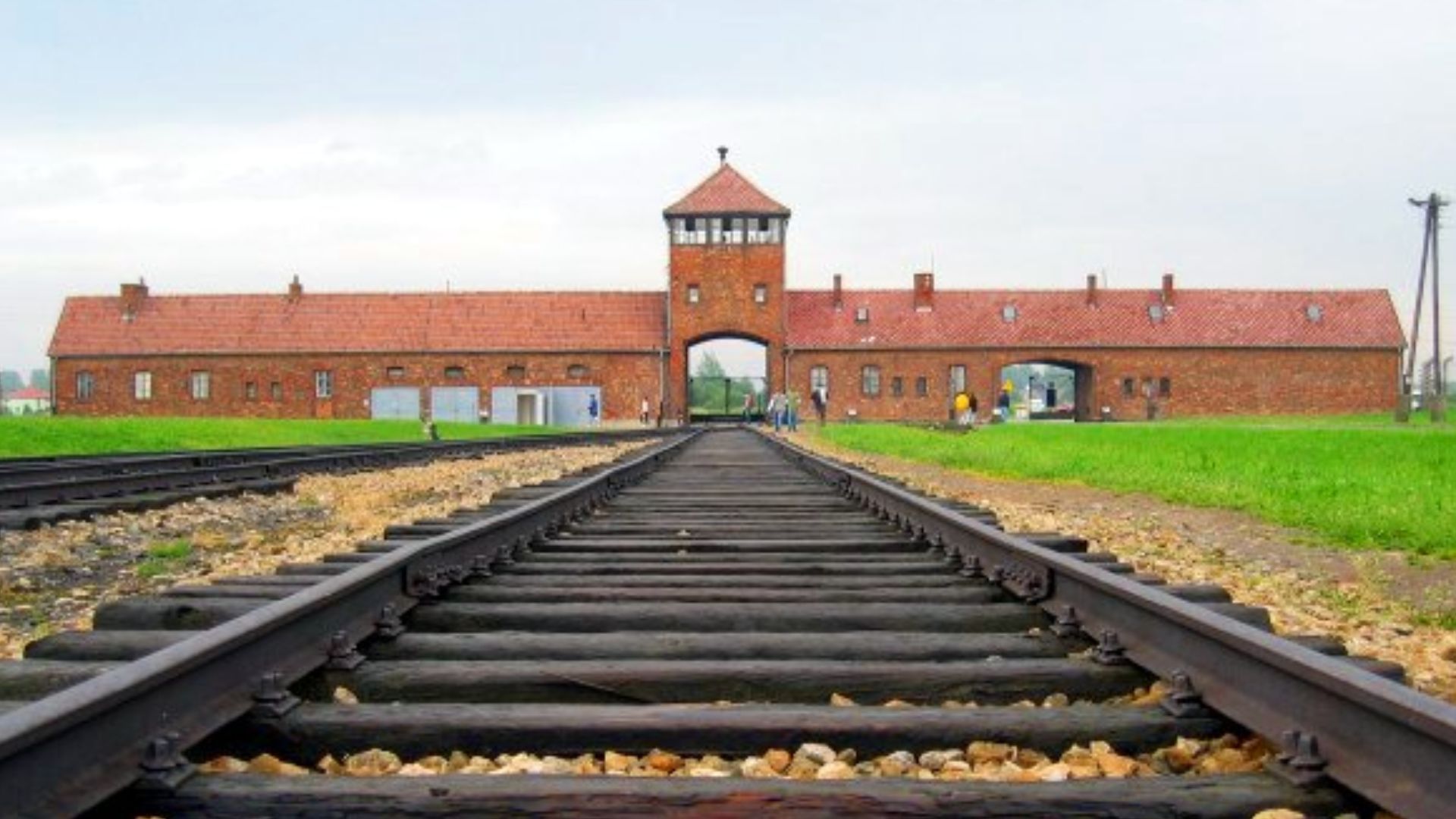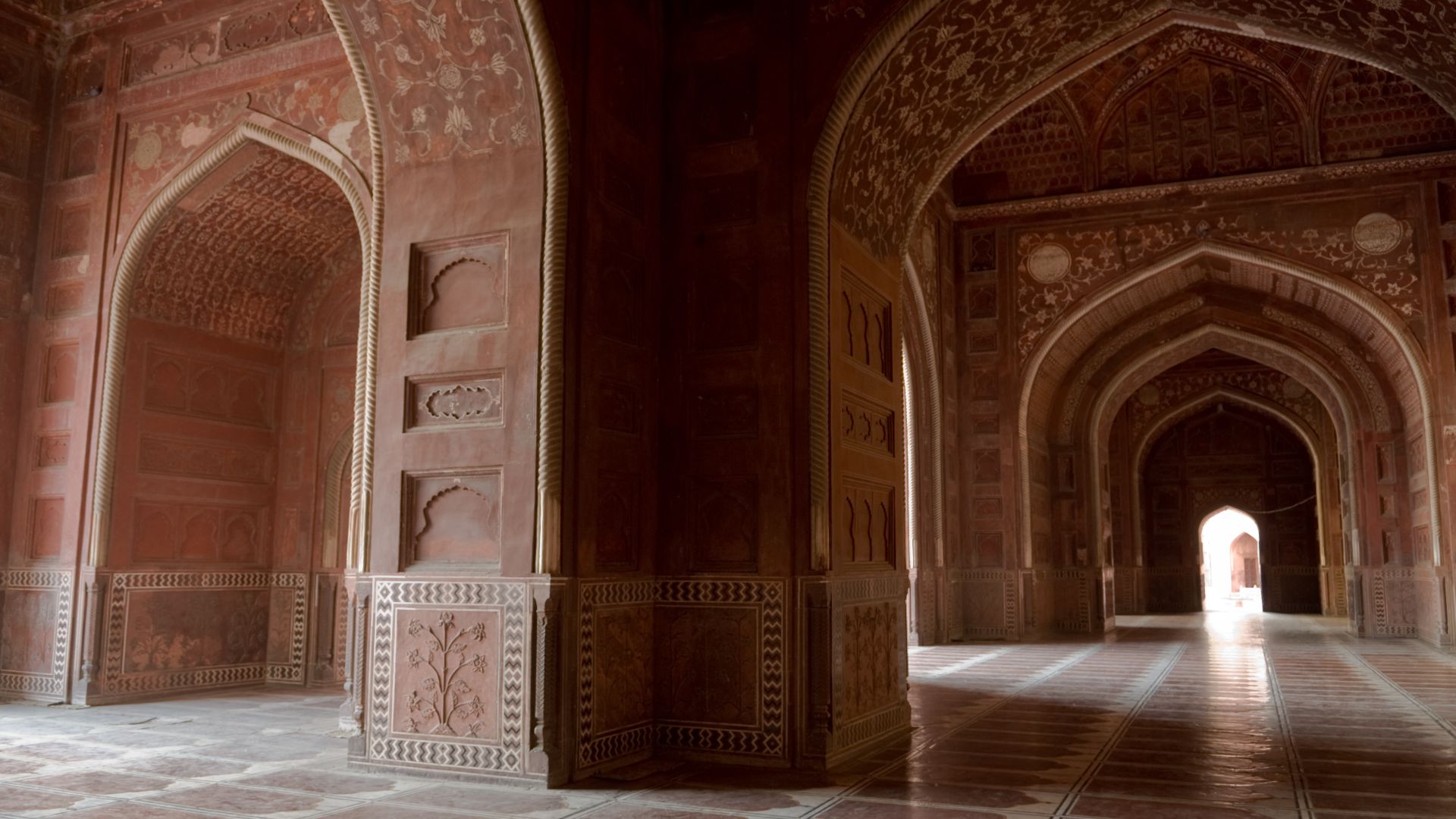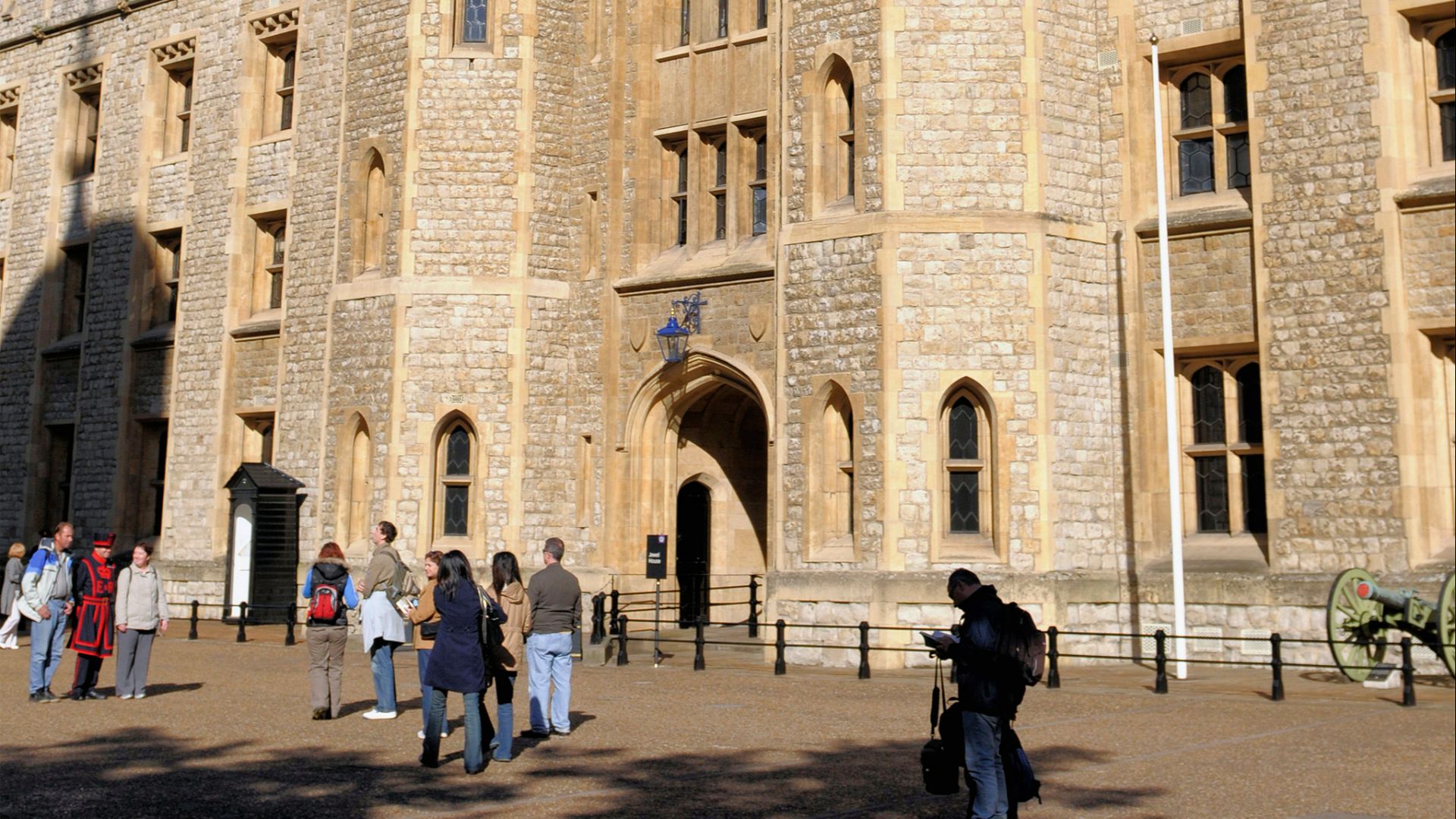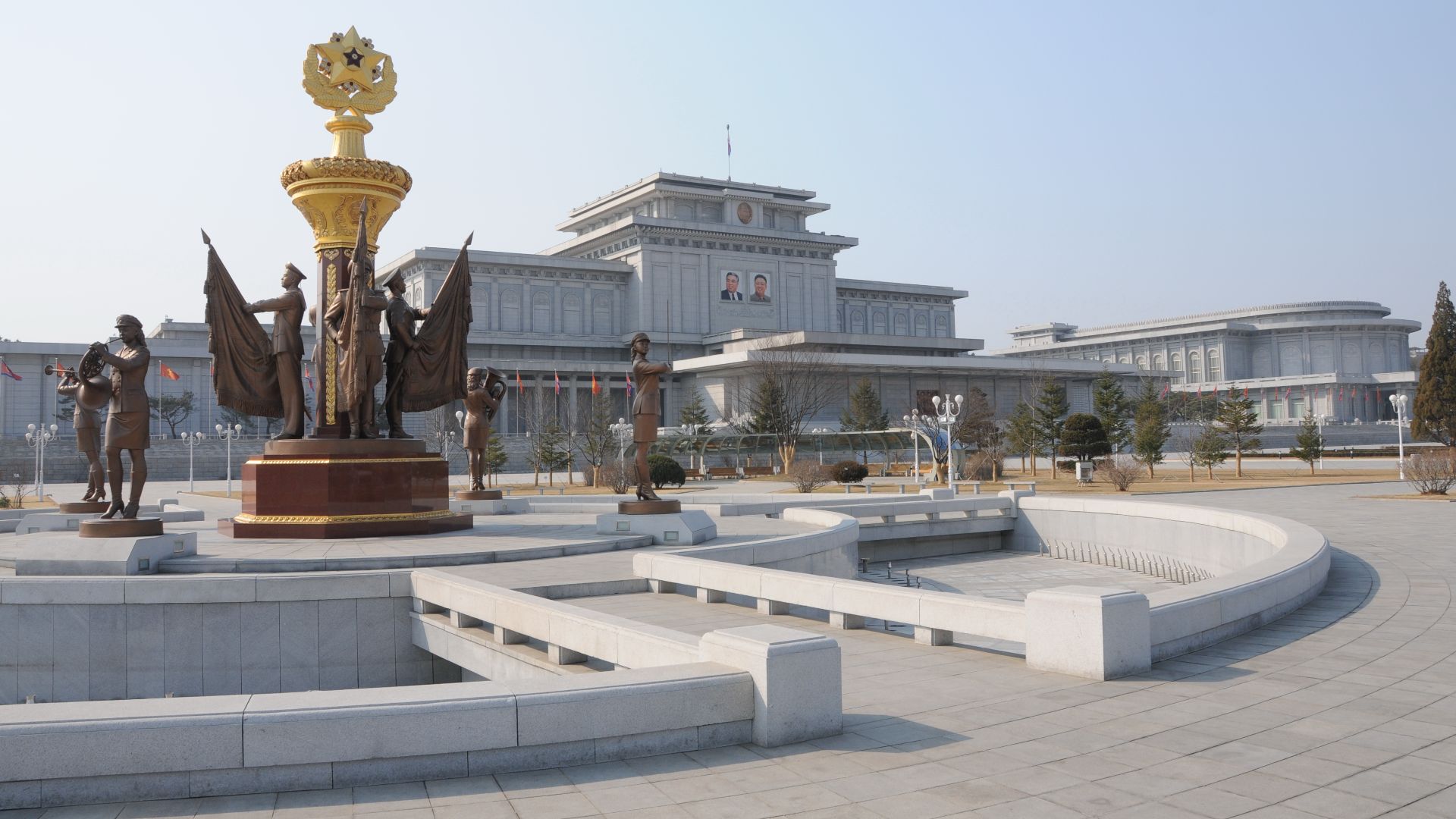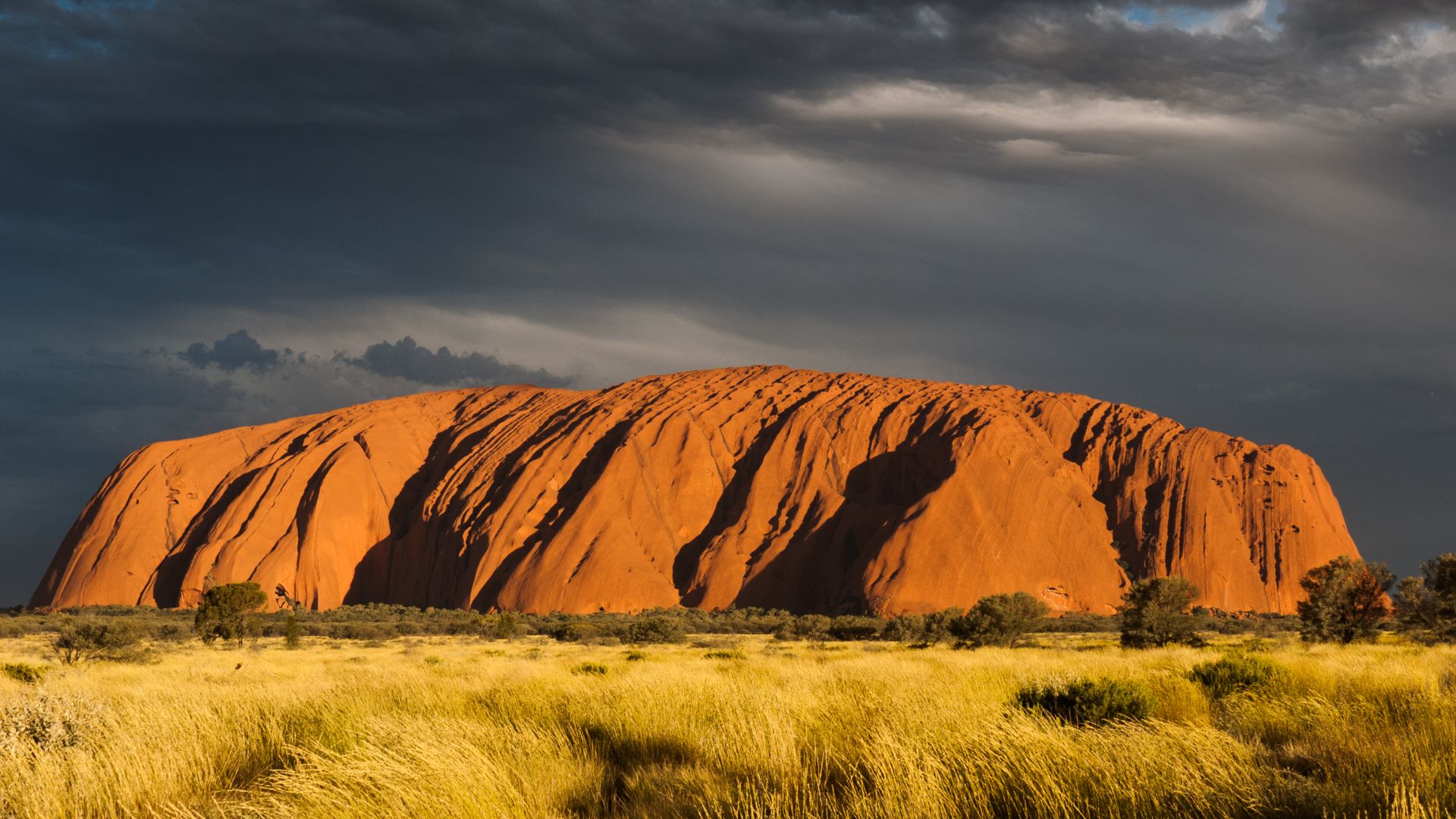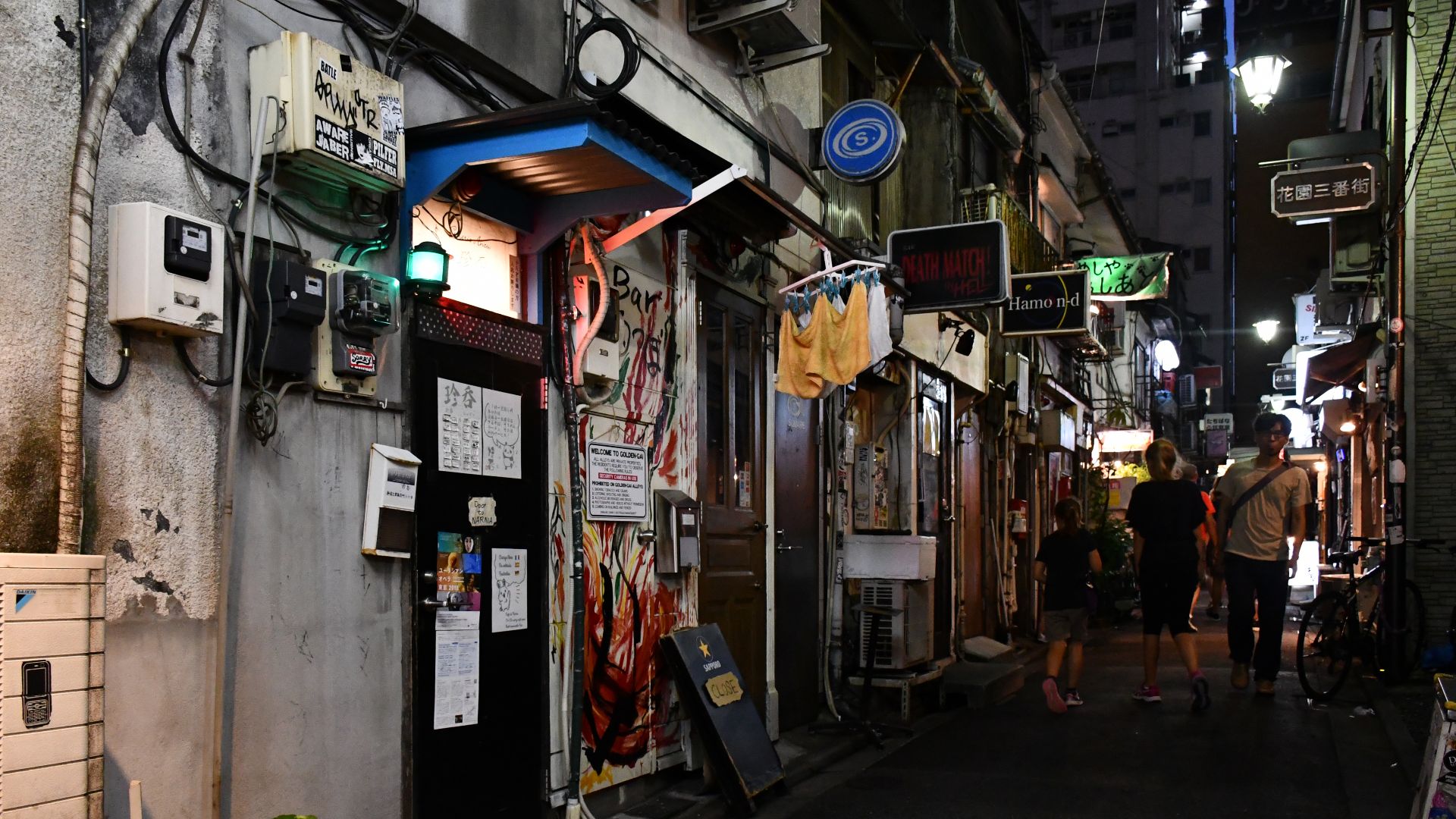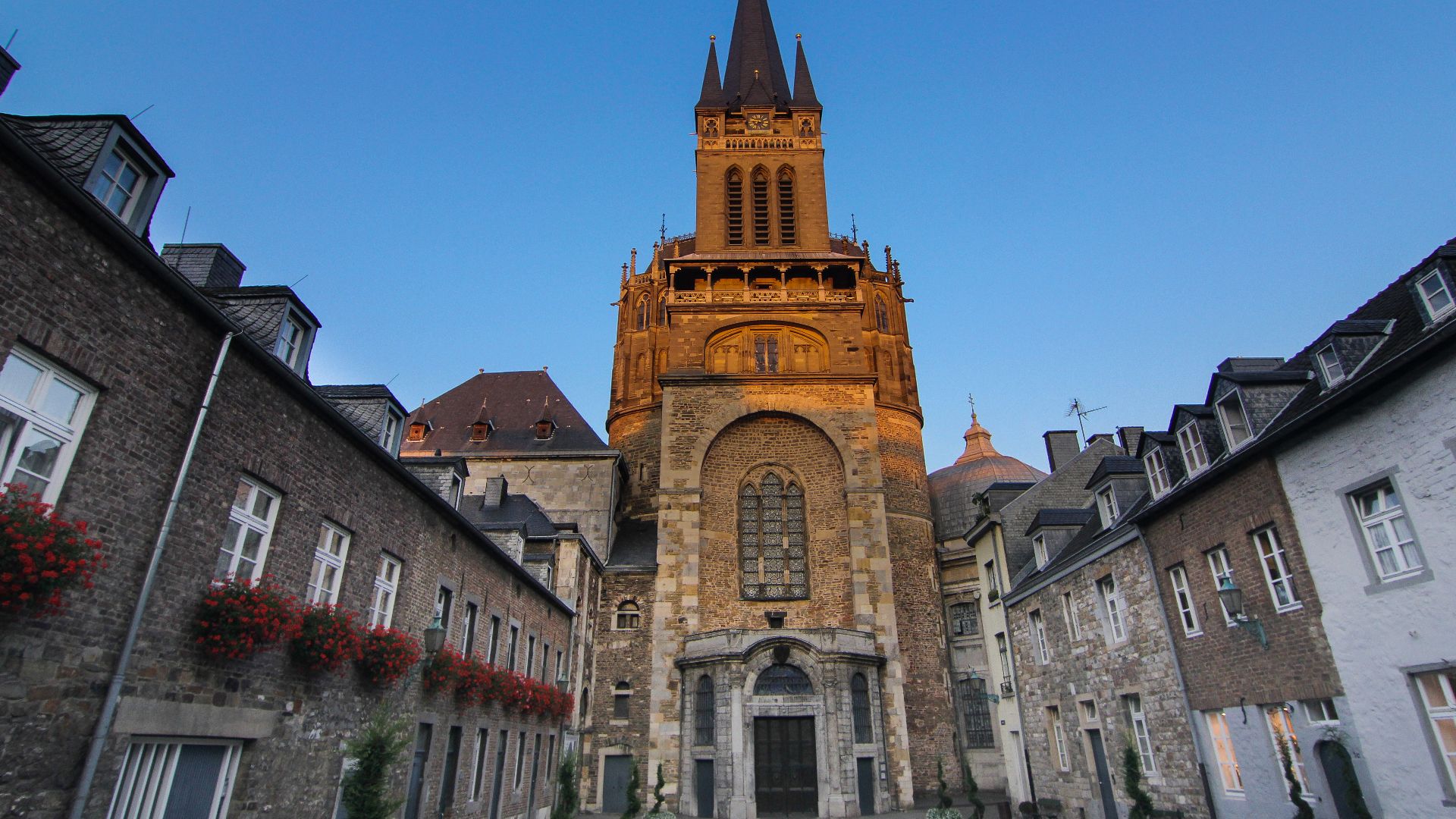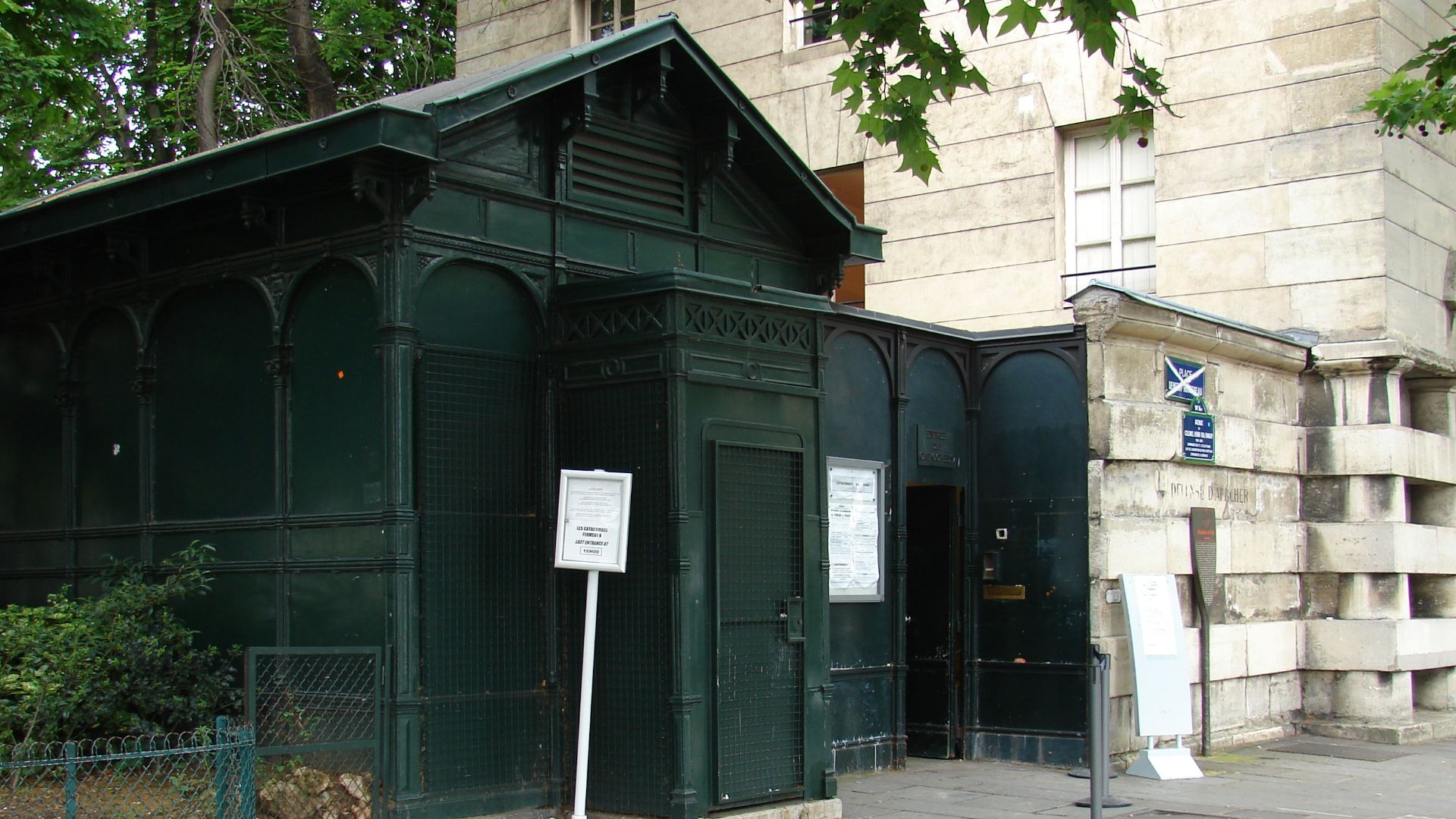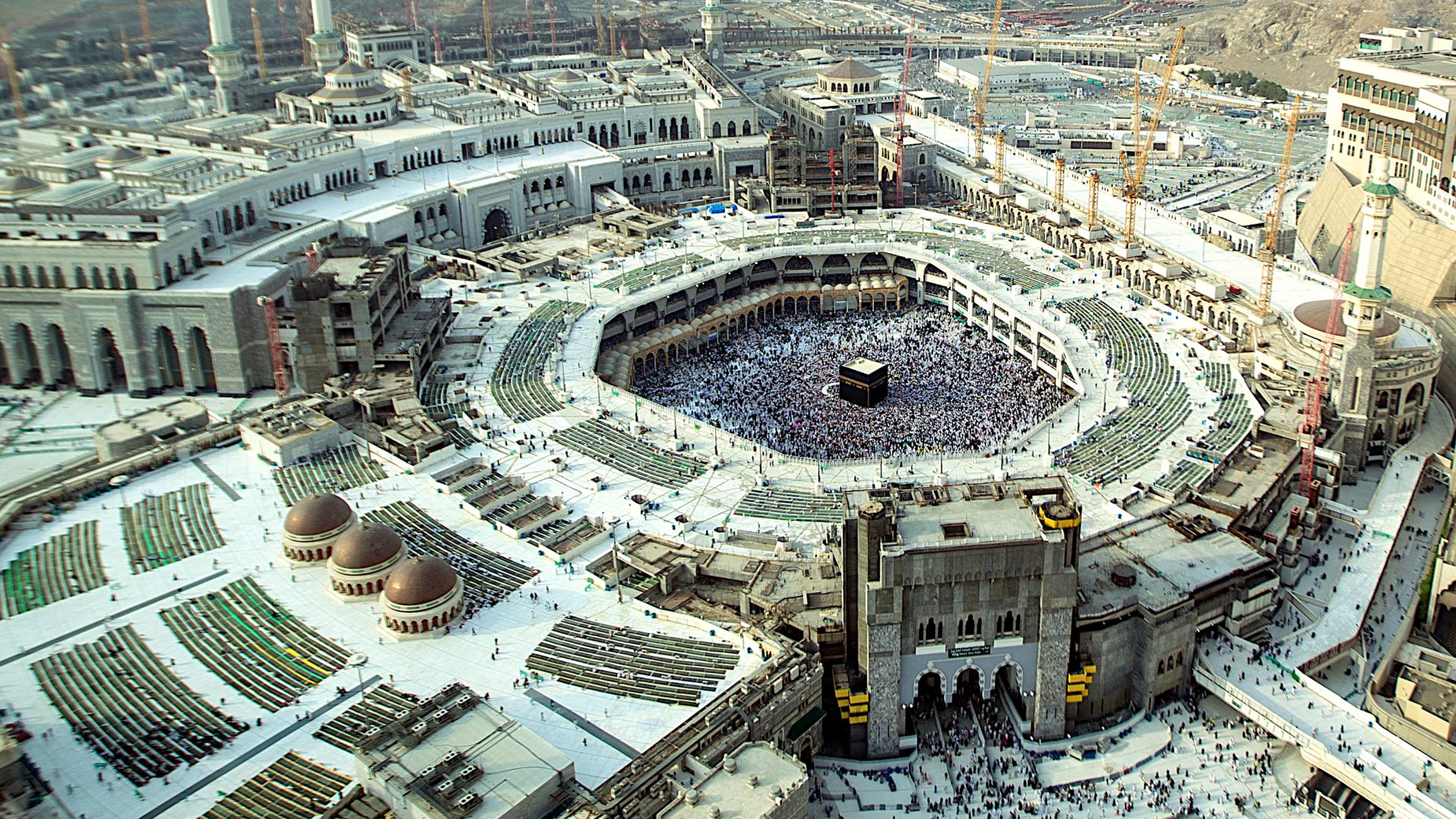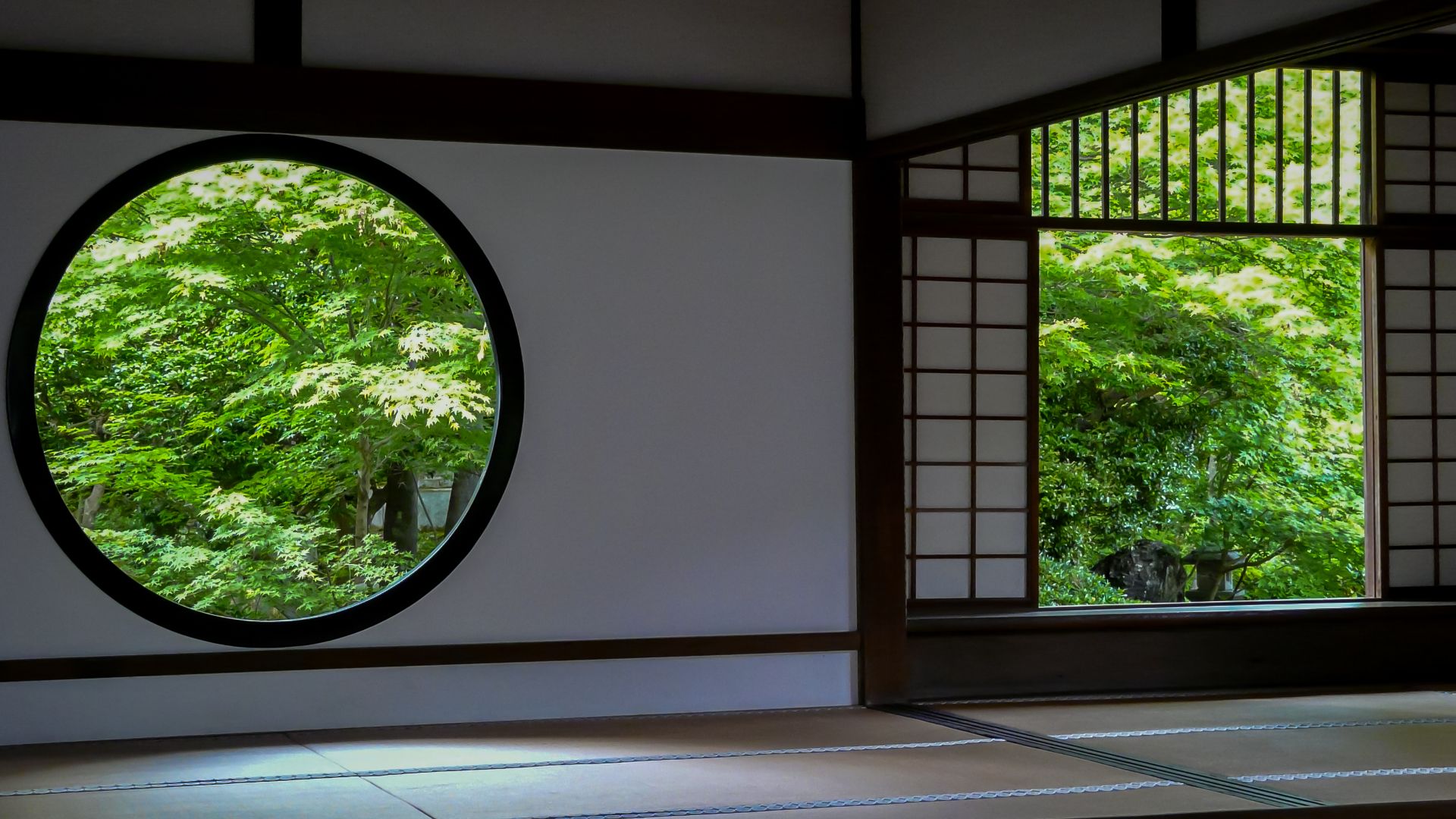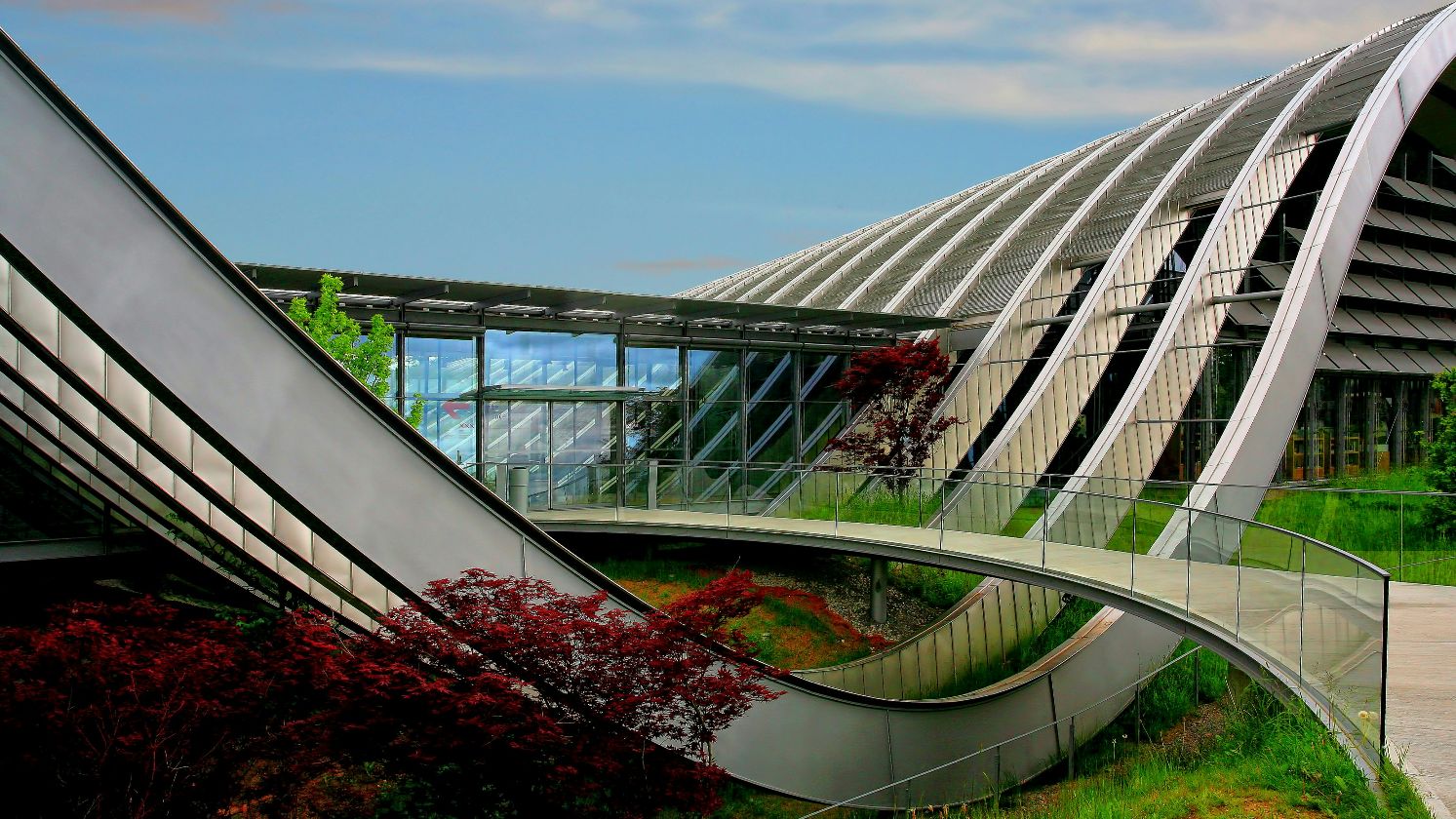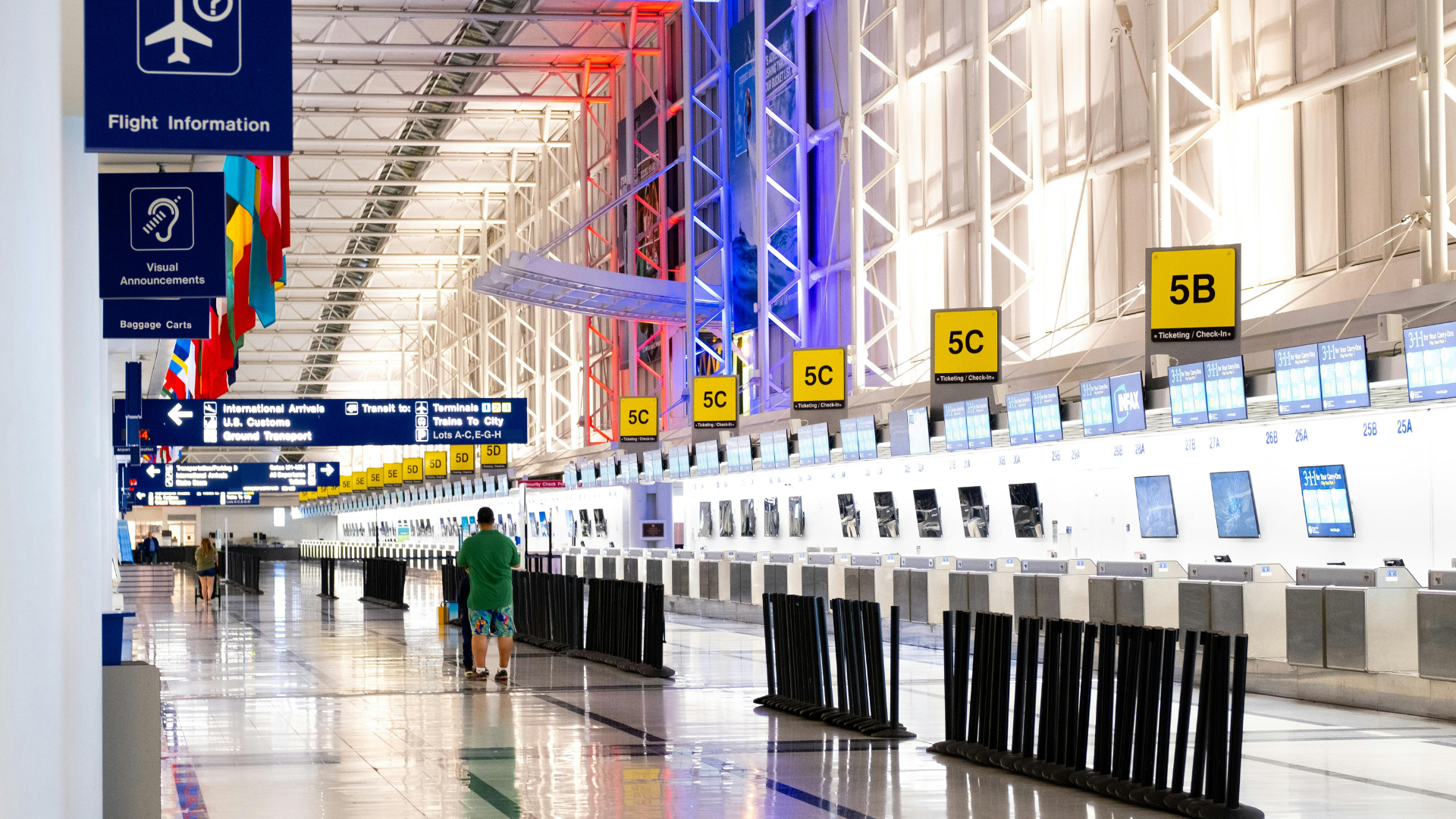Famous No-Camera Zones
You'd think tourists could snap photos anywhere they want, but some of the world's most famous landmarks have strict no-photography rules that leave many tourists scratching their heads. Getting caught breaking these rules can mean anything from confiscation to serious legal trouble, depending on where you are. Some bans make sense, while others feel frustrating when you've traveled so far. Here are landmarks where photography is completely forbidden, no matter how badly you want that Instagram shot.
1. Sistine Chapel, Vatican City
Visitors to the Sistine Chapel routinely encounter guards shouting “No photo!” and demanding deletion of images. This strict prohibition stems from a commercial agreement with Nippon TV, which funded the frescoes’ restoration for exclusive photography rights. Ironically, the Vatican itself profits by selling chapel photos in its gift shop.
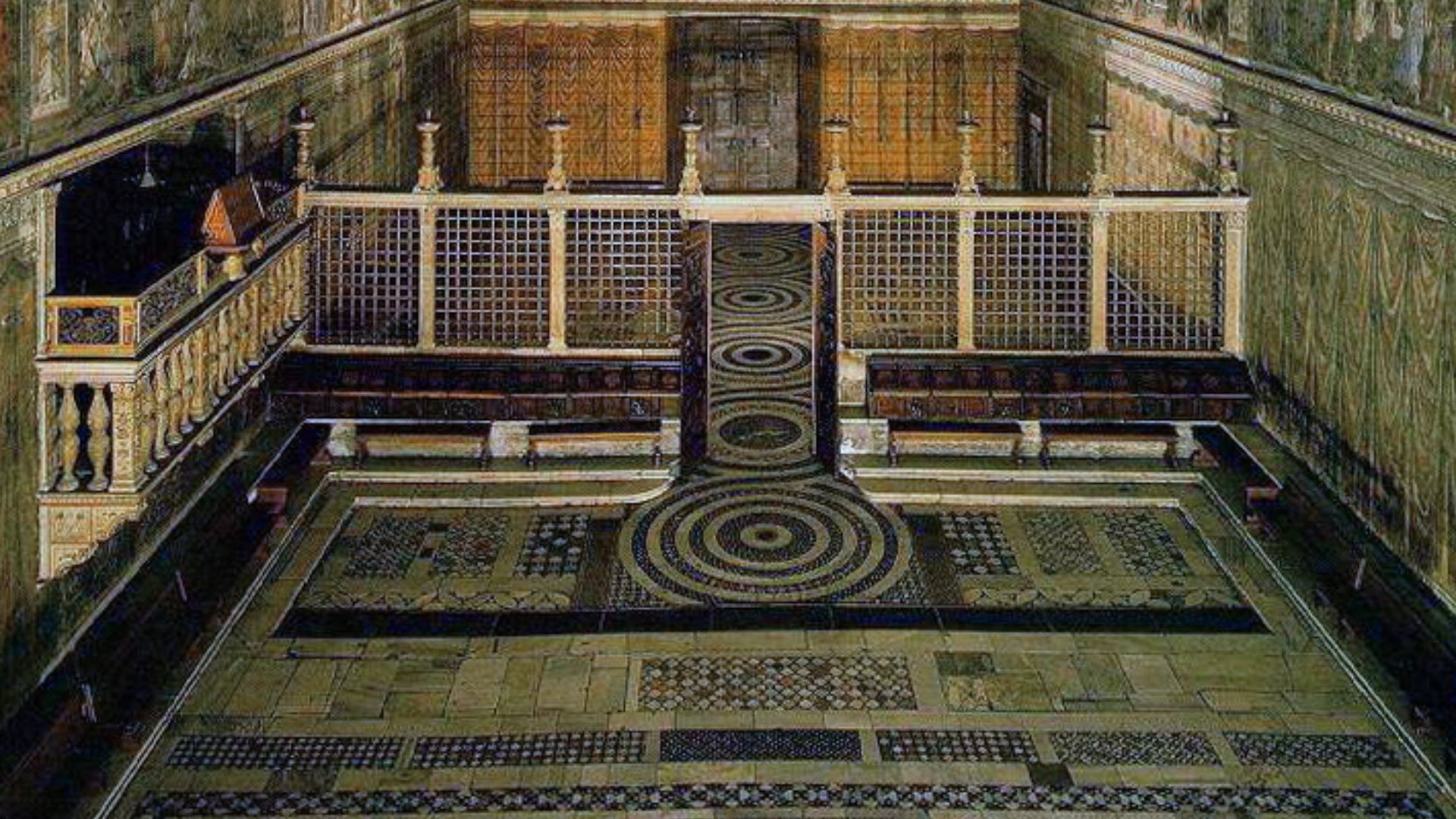 The original uploader was Snowdog at Italian Wikipedia. on Wikimedia
The original uploader was Snowdog at Italian Wikipedia. on Wikimedia
2. Auschwitz-Birkenau Memorial, Poland
Photography rules at Auschwitz-Birkenau Memorial reflect a deep commitment to preserving dignity, as strict bans apply in the most sensitive areas like gas chambers. Non-flash photos are acceptable outdoors, but certain buildings remain completely off-limits to protect these sacred spaces.
3. Taj Mahal Mausoleum Interior, India
Each day, security guards at the Taj Mahal’s inner sanctum ask visitors to present their cameras before entry. Their strict enforcement safeguards the exquisite marble inlays from potential flash damage. It also preserves the atmosphere around Shah Jahan and Mumtaz Mahal’s final resting place.
4. Crown Jewels Exhibition (Jewel House), United Kingdom
Every visitor dreams of capturing that perfect shot of the Crown Jewels, yet the Tower of London’s Jewel House enforces an absolute no-photography rule. Though it might seem strict in today’s social media age, this policy is a carefully considered measure to protect these priceless royal treasures for generations.
5. Kumsusan Palace Of The Sun, North Korea
Access to the Kumsusan Palace of the Sun is tightly controlled. Guests undergo multiple inspections and ceremonial cleanings before entry. The interior remains off-limits to cameras to maintain the dignity of the mausoleum that enshrines North Korea’s founding and former ruling leaders.
6. Uluru Sacred Sites, Australia
The Anangu people, as traditional owners of Uluru, maintain ancient laws to protect their most sacred spaces around the monolith. These time-honored traditions impose strict photography restrictions at spiritually significant sites. Some areas welcome respectful visitors, but others remain completely off-limits.
7. Neuschwanstein Castle Interiors, Germany
In a world obsessed with capturing every moment, Neuschwanstein Castle stands firm against the lens. Photography is banned inside to protect its fragile 19th-century artistry. Fast-paced guided tours balance preservation with access to let visitors experience its splendor without the glare of flashes.
8. Golden Gai Alleys Interiors, Japan
Step into Golden Gai’s intimate world of over 200 themed bars, where every matchbox-sized space holds a carefully guarded local atmosphere. “No Photos” signs dot the narrow alleyways to prioritize patron privacy to keep this special enclave authentically Japanese and wonderfully exclusive.
9. Meenakshi Amman Temple, India
This magnificent Dravidian temple complex bans photography inside its sanctums to preserve sacred intimacy. Tourists may capture its towering gopurams from outside, but inner shrines remain camera-free zones devoted entirely to spiritual devotion.
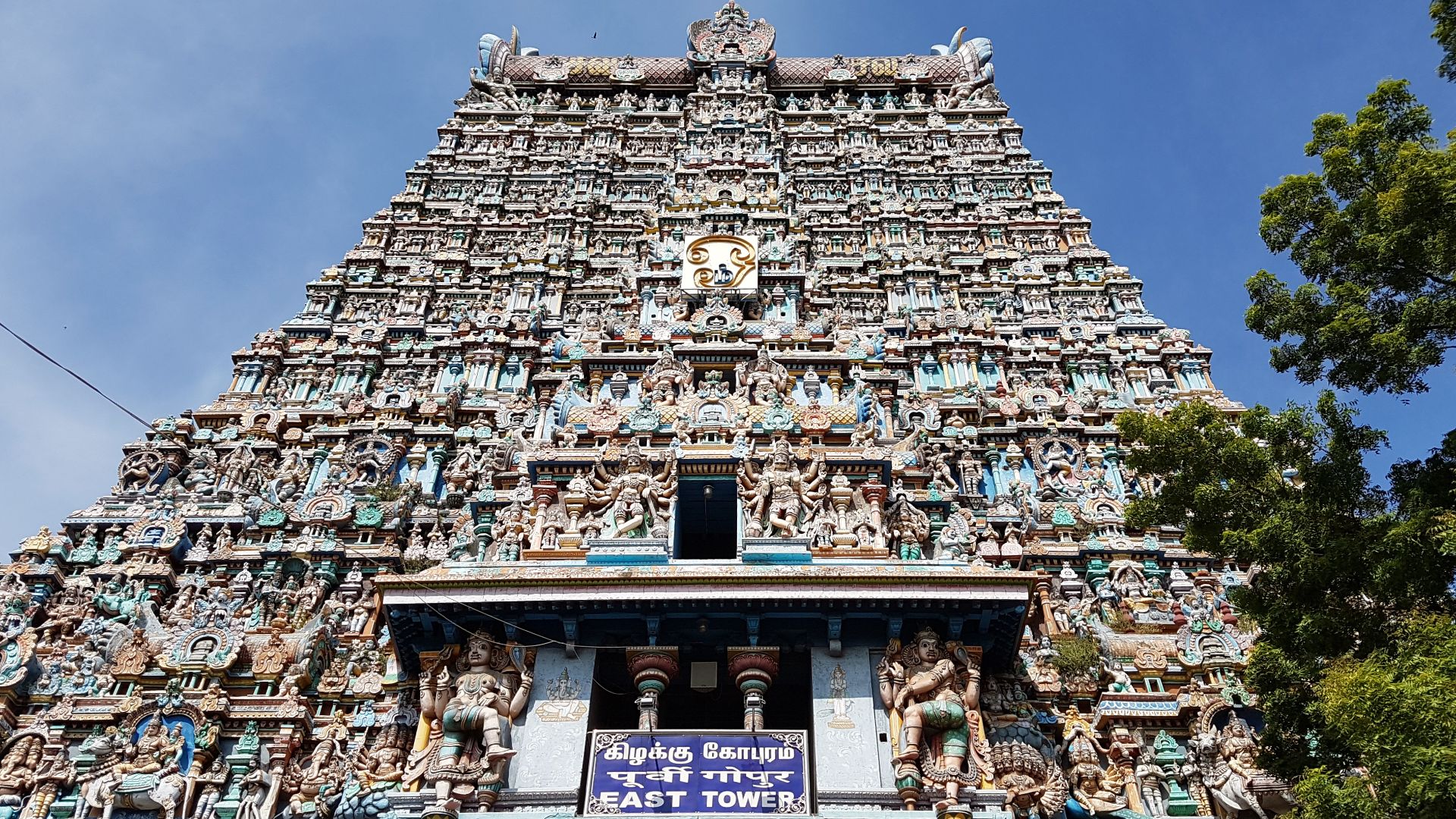 Richard Mortel from Riyadh, Saudi Arabia on Wikimedia
Richard Mortel from Riyadh, Saudi Arabia on Wikimedia
10. Aachen Cathedral Treasury, Germany
The “no photos allowed” signs at Aachen Cathedral Treasury might frustrate visitors, yet they protect something far more priceless than any snapshot: an astonishing collection of Charlemagne’s relics. They are housed within one of northern Europe’s oldest cathedrals, which is now a UNESCO-protected medieval masterpiece.
11. Abbey Of Saint Gall Library, Switzerland
Why would a Swiss library turn away eager photographers? The answer lies within the Abbey of Saint Gall Library, where a strict no-camera policy protects more than meets the eye. From delicate medieval manuscripts to the preserved contemplative silence, every detail demands careful conservation.
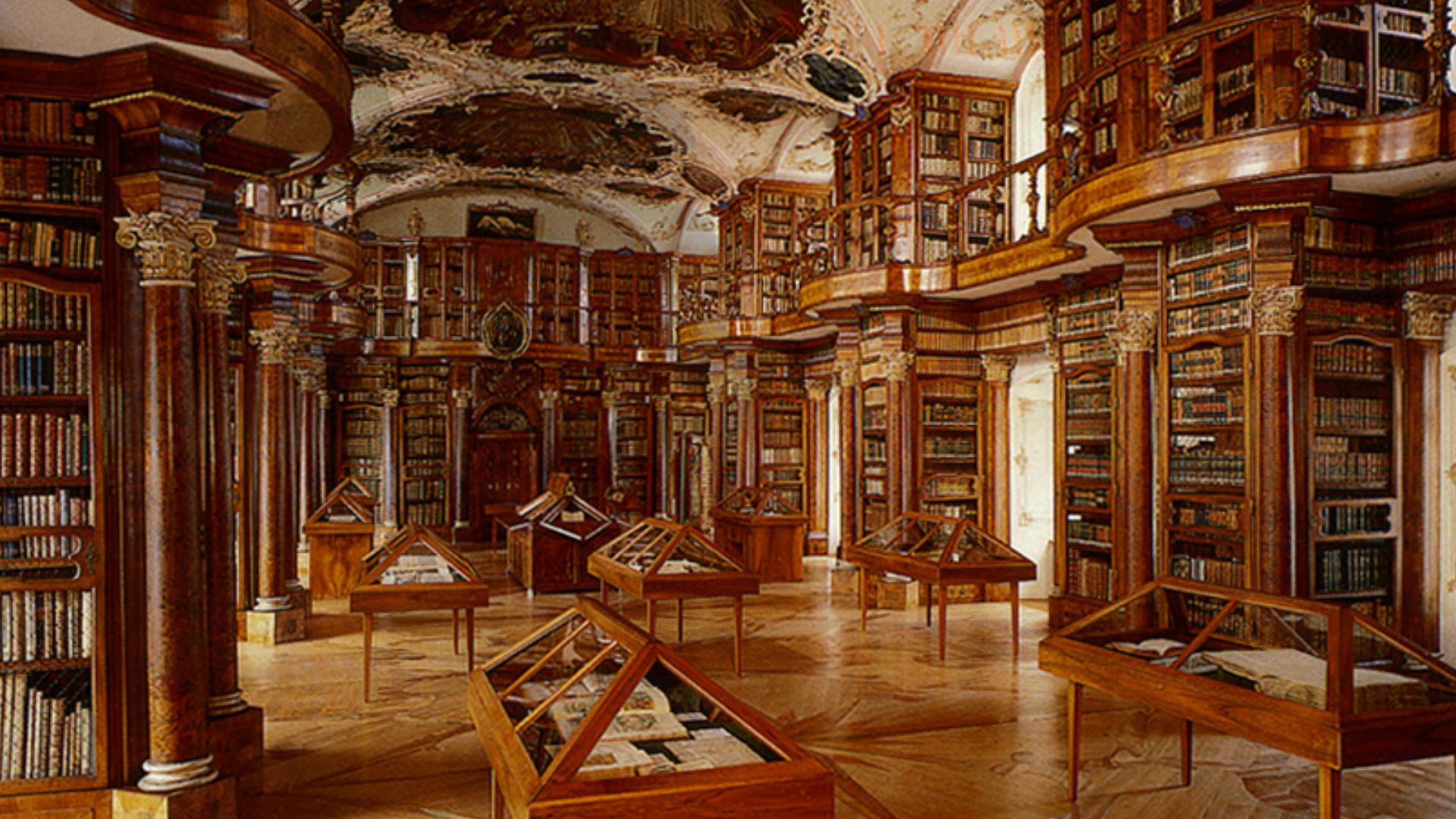 Stiftsbibliothek St. Gallen on Wikimedia
Stiftsbibliothek St. Gallen on Wikimedia
12. Catacombs Of Paris Ossuary, France
Beneath Paris lies an ossuary preserving six million souls, their remains arranged with reverence. Photography restrictions safeguard both the fragile environment and human dignity, particularly in chambers where bones rest in dense formations. At the entrance, a stark warning says “Stop! This is the empire of death.”
13. The Pentagon, United States
Tourists eager for inside-the-Pentagon selfies quickly face reality as they enter. The iconic exterior welcomes cameras, but crossing the threshold means surrendering phones and recording devices. Within these high-security corridors, classified operations remain completely beyond the reach of social media.
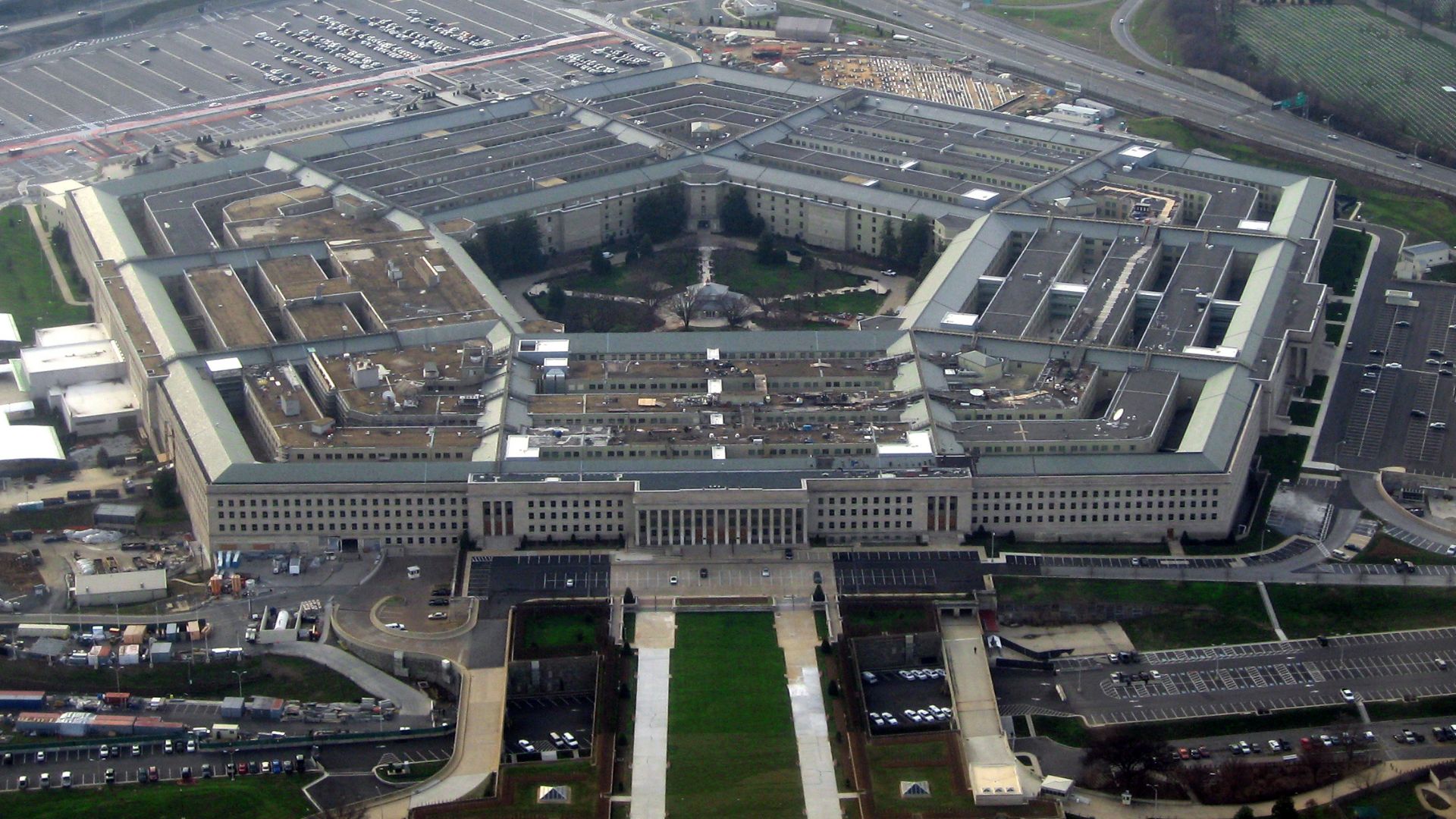 David B. Gleason from Chicago, IL on Wikimedia
David B. Gleason from Chicago, IL on Wikimedia
14. Lascaux Caves, France
The original Lascaux Caves in France forbid photography to prevent flash-induced pigment degradation on prehistoric paintings. Only replicas like Lascaux IV permit photos to ensure preservation of the original Paleolithic artistry hidden deep within the Dordogne region.
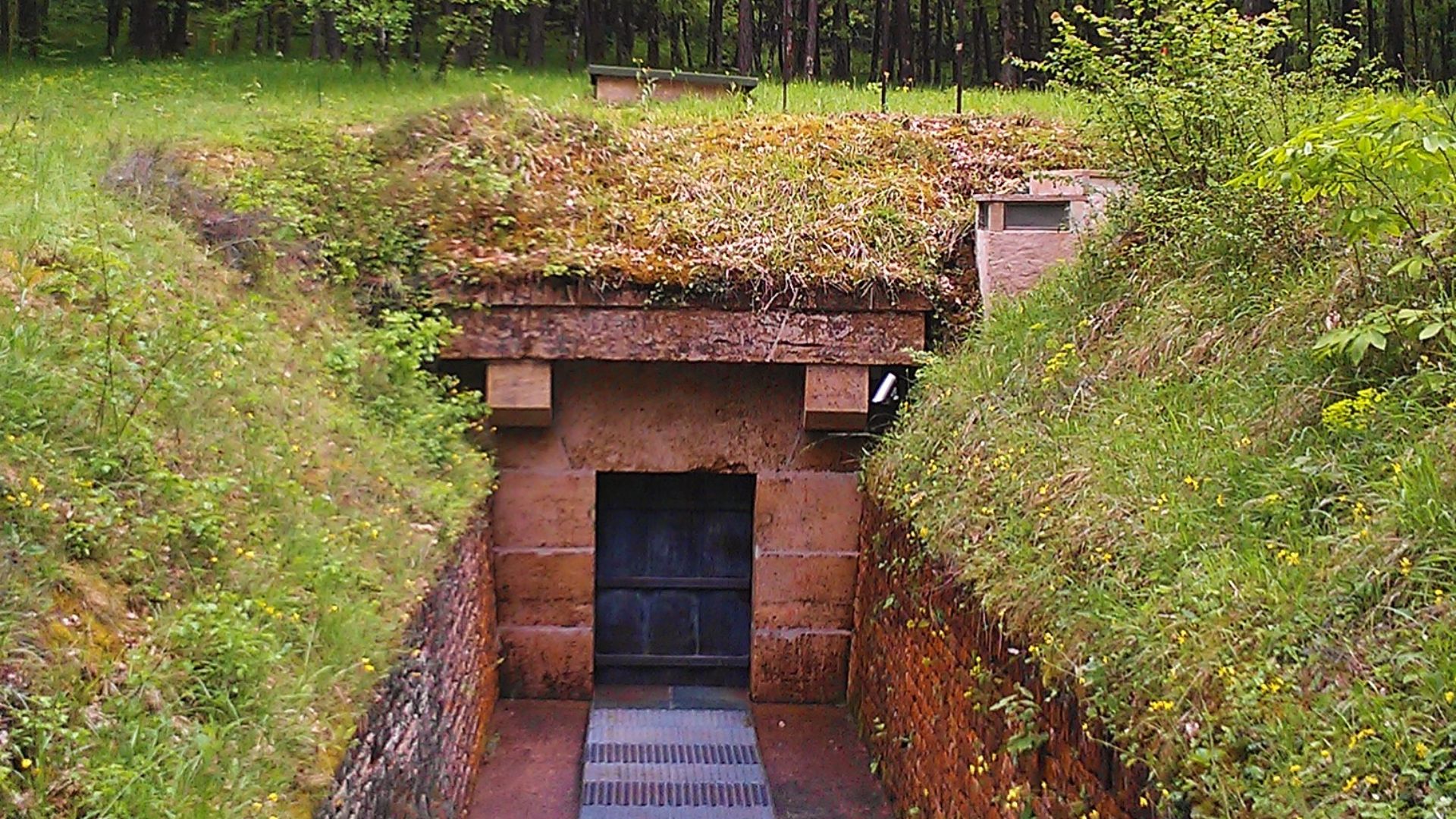 Ethan Doyle White on Wikimedia
Ethan Doyle White on Wikimedia
15. The Amber Room (Catherine Palace), Russia
Once dubbed the “Eighth Wonder of the World,” the reconstructed Amber Room inside Russia’s Catherine Palace prohibits photography to protect its delicate amber panels and gilded carvings from flash damage. Visitors must instead capture the memory in their minds—a fitting homage to this legendary masterpiece.
16. Masjid Al-Haram Sacred Zones, Saudi Arabia
Within Masjid al-Haram’s vast complex, photography rules shift by area. Outer spaces often allow pilgrims to document their journey, but sacred zones impose strict bans to preserve worship sanctity and protect pilgrim privacy, particularly during prayer.
17. British Museum Duveen Gallery, United Kingdom
Photography policies at the British Museum’s Duveen Gallery evolved over time. Though non-flash photography was once allowed for the Parthenon Marbles, conservation priorities and international sensitivities now dictate restrictions. This reflects their renewed focus on artifact preservation and cultural respect.
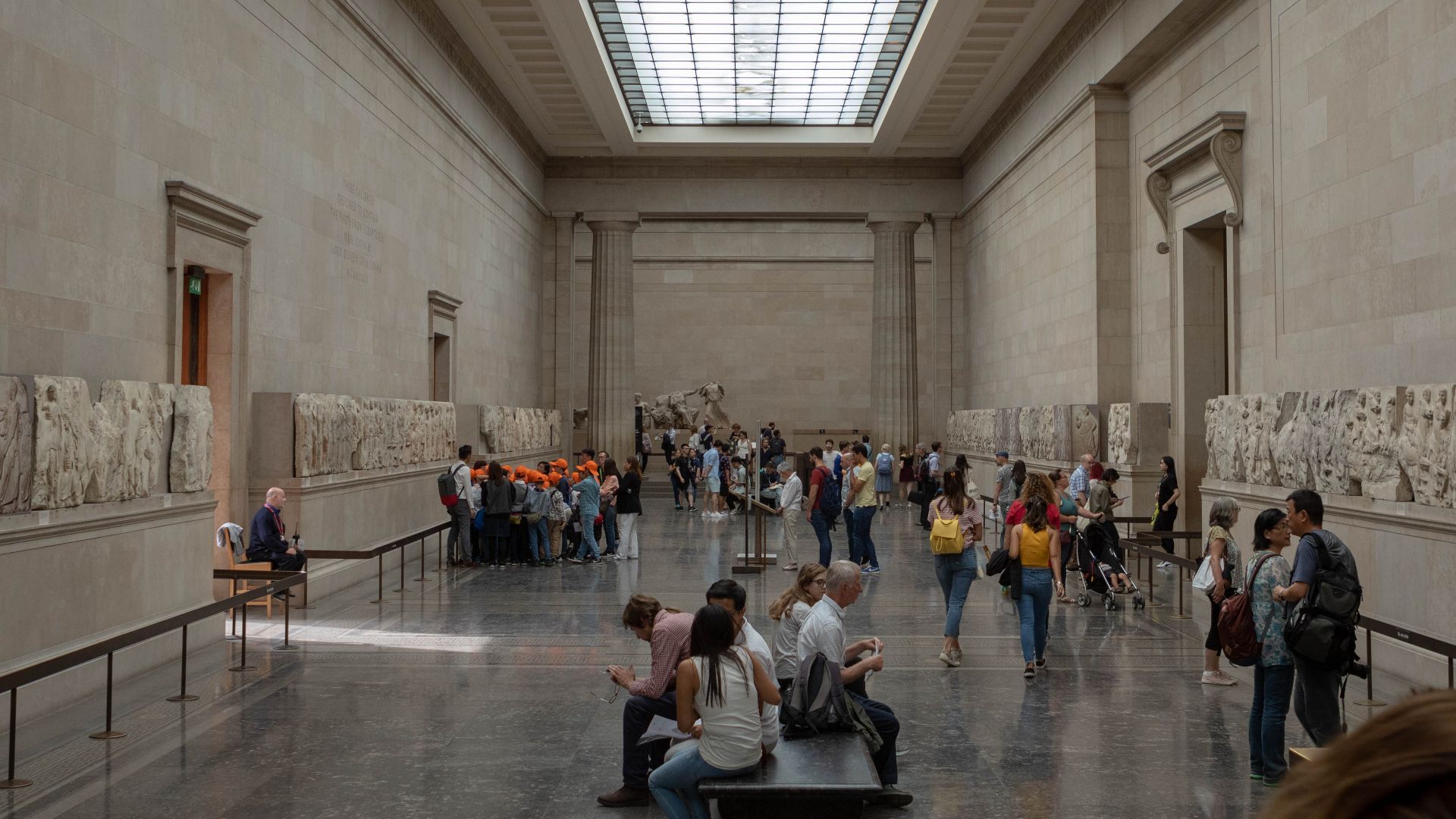 Brian Jeffery Beggerly from S'pore (Singapore), Singapore on Wikimedia
Brian Jeffery Beggerly from S'pore (Singapore), Singapore on Wikimedia
18. Daigo-ji Temple Core Areas, Japan
Cameras are welcome across most of Daigo-ji Temple’s scenic grounds, yet its sacred core areas remain off-limits. These spaces protect delicate artifacts from light exposure and maintain spiritual focus during ceremonies held for devoted practitioners.
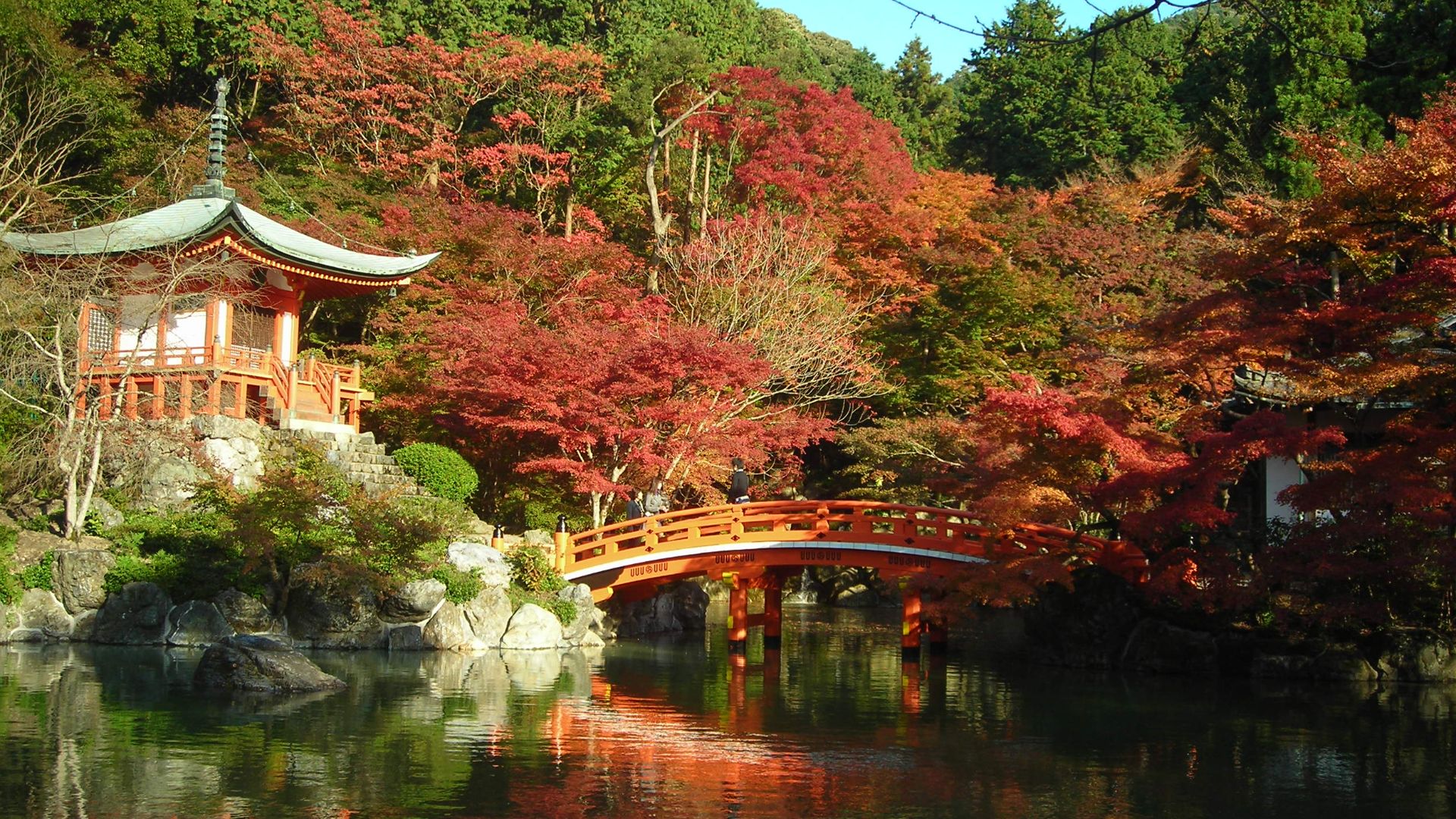 User: (WT-shared) ChubbyWimbus at wts wikivoyage on Wikimedia
User: (WT-shared) ChubbyWimbus at wts wikivoyage on Wikimedia
19. Lenin’s Mausoleum, Russia
Moscow’s Red Square hosts one of the strictest photography bans in the world inside Lenin’s Mausoleum. Guards enforce silence and prohibit cameras entirely to protect both preservation conditions and the solemn atmosphere surrounding this enduring Soviet symbol.
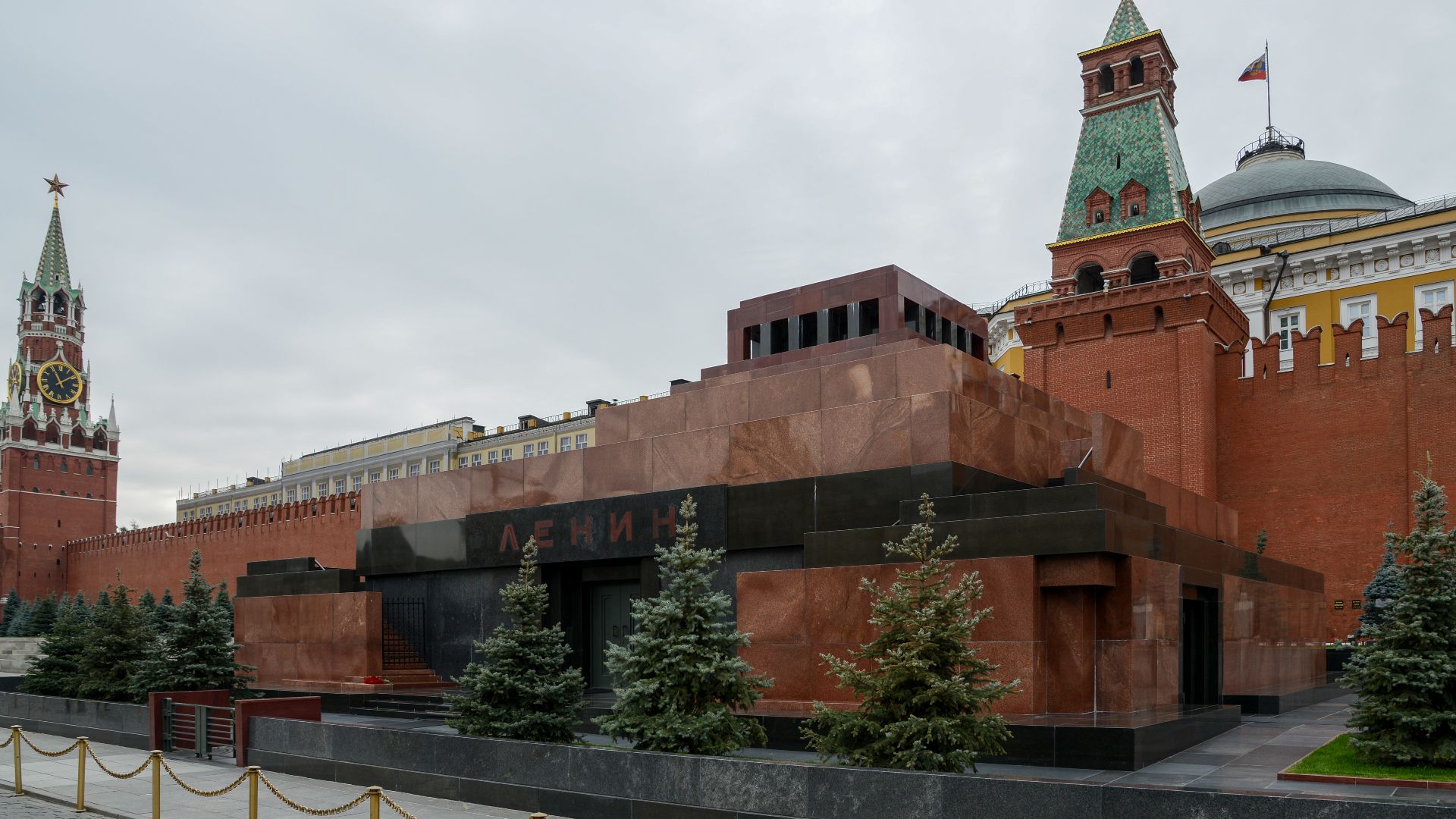 Jorge Láscar from Melbourne, Australia on Wikimedia
Jorge Láscar from Melbourne, Australia on Wikimedia
20. Genko-an Temple, Japan
Genko-an Temple’s photography policies strike a delicate balance. Meditation halls permit cameras, but historic fusuma paintings remain strictly protected. This thoughtful approach preserves the harmony between accessibility and conservation within a space where even the ceiling bears silent traces of ancient samurai.


